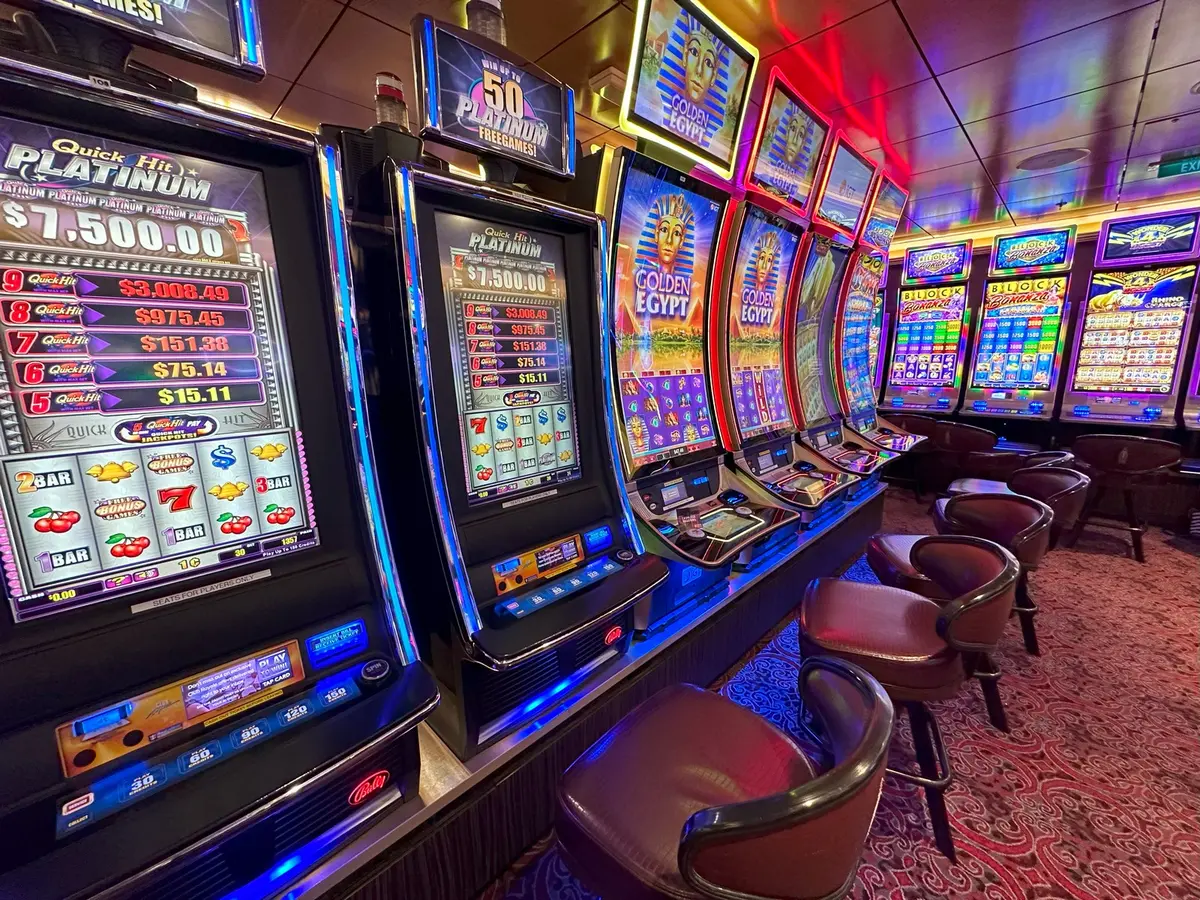
In the dynamic and exciting world of casinos, wherein fortune and strategy intertwine, color and aesthetic play a pivotal role in drawing in gamblers. From the moment visitors step into a casino or access a gaming platform, they are enveloped in a visual feast that grabs their attention and lures them to discover further. Vivid colors, engaging graphics, and innovative layouts are meticulously crafted to create an environment of thrill and expectation, ultimately enhancing the gaming encounter.
While gamblers move through the ever-changing landscape of casino games, they encounter a range of designs that not only serve visual purposes but also affect emotions and decision-making. Colors like scarlet and gold symbolize riches and luck, while soothing navy and emeralds can create a much relaxed environment. Grasping how these elements function together allows casinos to create an welcoming and energizing atmosphere that encourages players to interact with the games, spend more time at the tables, and boost their general enjoyment.
The Psychology of Color in Casino Games
Color plays a critical role in the development of casino games, affecting player emotions and actions. Lively and vibrant shades, such as crimson and yellow, are often used to ignite thrill and capture focus. These hues create a sense of immediacy and energy, encouraging gamblers to engage more enthusiastically with the game. By thoughtfully selecting colors, creators aim to evoke emotions of joy and anticipation, which can enhance the overall game experience.
Different hues also have psychological meanings that can impact how participants perceive their possibilities of winning. For instance, emerald is frequently associated with fortune and wealth, making it a popular choice in games like roulette and poker setups. This association can cause players to feel more optimistic and confident in their gameplay, ultimately motivating them to wager more. King88 Understanding these associations allows game designers to design environments that enhance player satisfaction and engagement.
Moreover, the layout of gambling game interfaces often utilizes gradients and opposing colors to direct player actions. For instance, successful results may be highlighted with vivid, contrasting colors, creating a visual incentive. This technique strengthens favorable outcomes and encourages repeated participation. By leveraging the psychology of color, gambling establishments can develop games that not only draw players but also maintain them involved and invested in their play experience.
Design Elements that Engage Players
The visual appeal of gambling games is largely influenced by the implementation of vibrant colors. Bright and striking colors are deliberately chosen to create an inviting atmosphere that captures interest. For example, crimson and golds often signify good fortune and wealth, which is why they are common in the palettes of gaming machines and table surfaces. These colors not only attract players in, but they also evoke emotions associated with excitement and anticipation, enhancing the overall gaming experience.
In addition to color, the design and layout of gambling games play a significant role in player attraction. Games are designed to be user-friendly, ensuring that players can quickly understand the guidelines and gameplay. User-friendly interfaces, along with captivating graphics and animations, help maintain player interest and encourage extended play sessions. The physical elements, such as the feel of the controls and the sounds of the games, also contribute to a comprehensive sensory experience that keeps players immersed.
In conclusion, conceptual elements in gaming design can greatly influence player choice. Many casino games are inspired by popular culture, fairy tales, or adventure themes, featuring symbols and characters that connect with players. These themes create a sense of immersion and connection, making each game feel unique. When players feel a bond to the theme, they are more likely to choose that game over others, leading to higher participation and excitement within the gambling environment.
Case Studies: Successful Casino Table Game Designs
One key example of impressive gambling game design is the popular slot machine series themed around blockbuster movies. Games such as those based on the Wizard of Oz and Game of thrones utilize vibrant colors and superior graphics to enthrall players in well-known narratives. The application of moving visuals and engaging sound effects captures the interest of players, establishing an affective connection to the theme. This strategy merely promotes longer play but also boosts the overall gaming experience, yielding increased player retention.
Another effective case is the application of color psychology in table games like 21 and the wheel. https://king88a.org/ Casinos often develop these games with rich reds and greens, colors traditionally linked with luck and wealth. For instance, the emerald felt on a blackjack table provides a calming effect, while the red accents in the wheel invite anticipation. This intentional use of color helps to establish an inviting atmosphere that stimulates players to participate, fulfilling their psychological impulses and enhancing their enjoyment.
Finally, social casino games that incorporate social features and lively, lively designs have achieved remarkable success in engaging players. Games like Zynga Poker and Slot-O-Mania leverage bright colors and playful animations to establish an inviting online environment. The addition of leaderboards, social sharing options, and in-game rewards fosters competition and community, drawing players in for longer sessions. Such designs merely make the games visually attractive but also highlight social interaction, a key factor in player retention and engagement within online casino environments.
